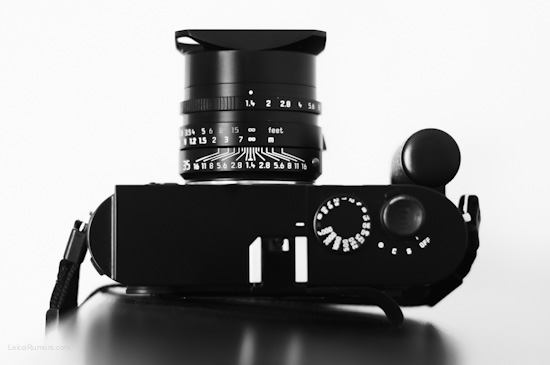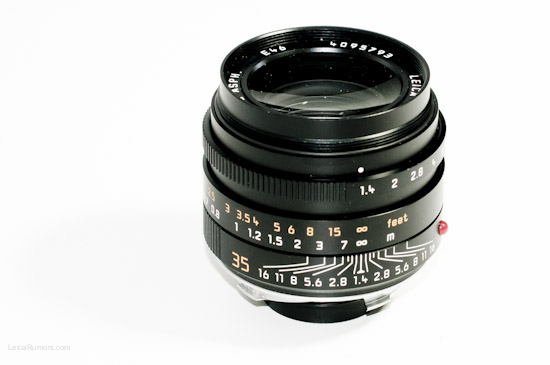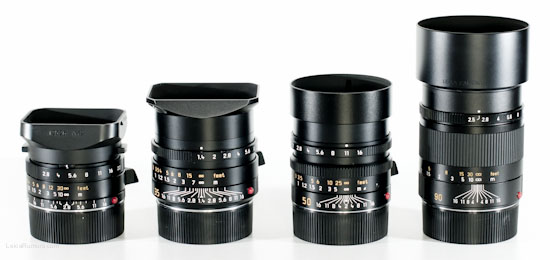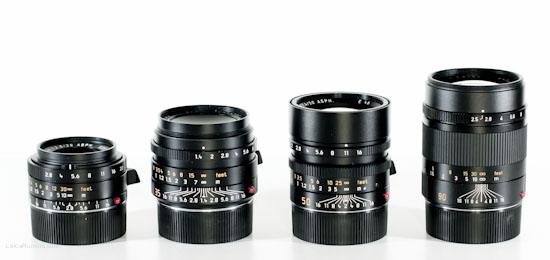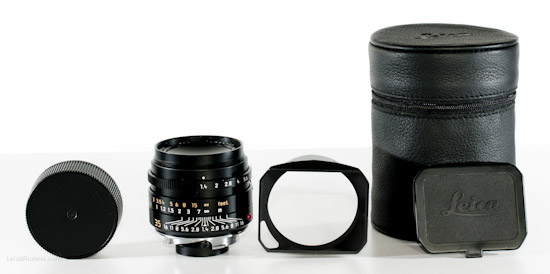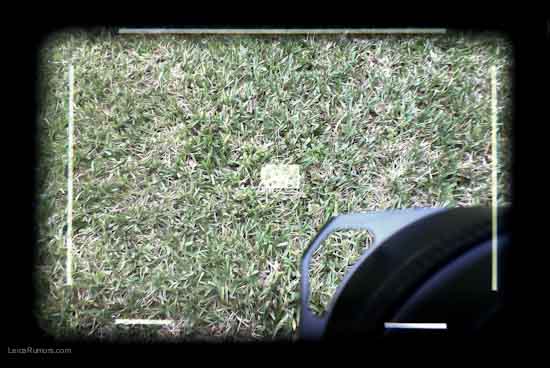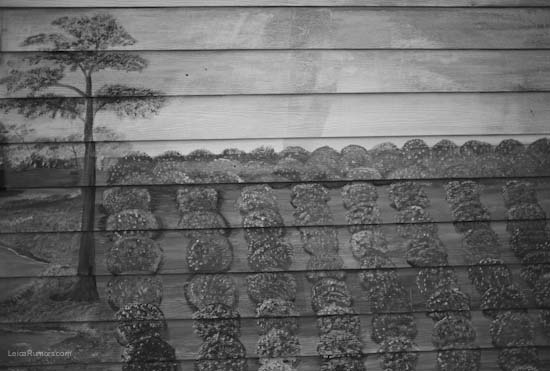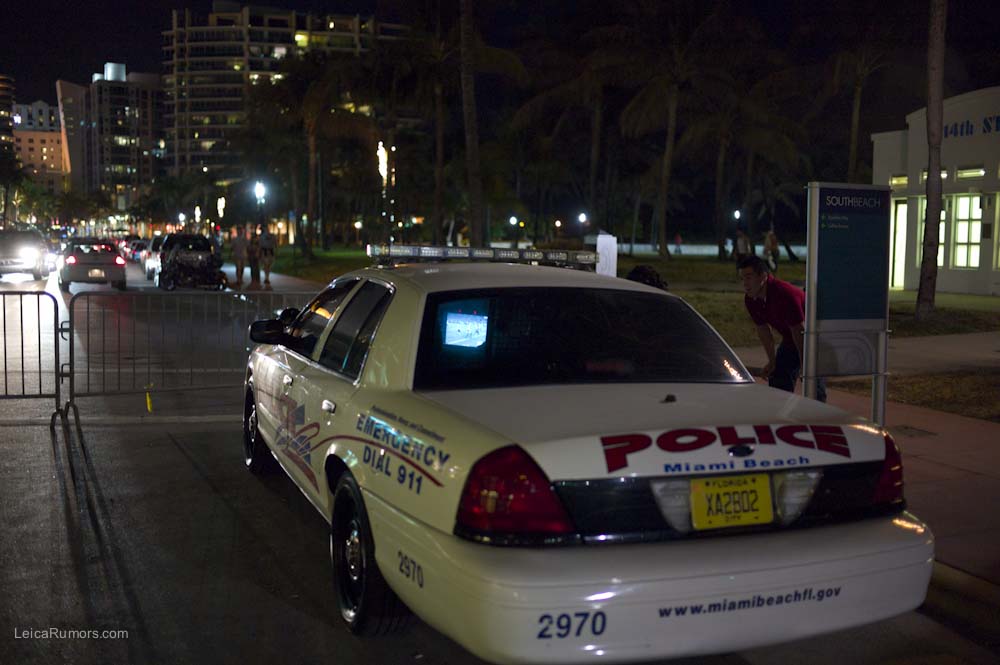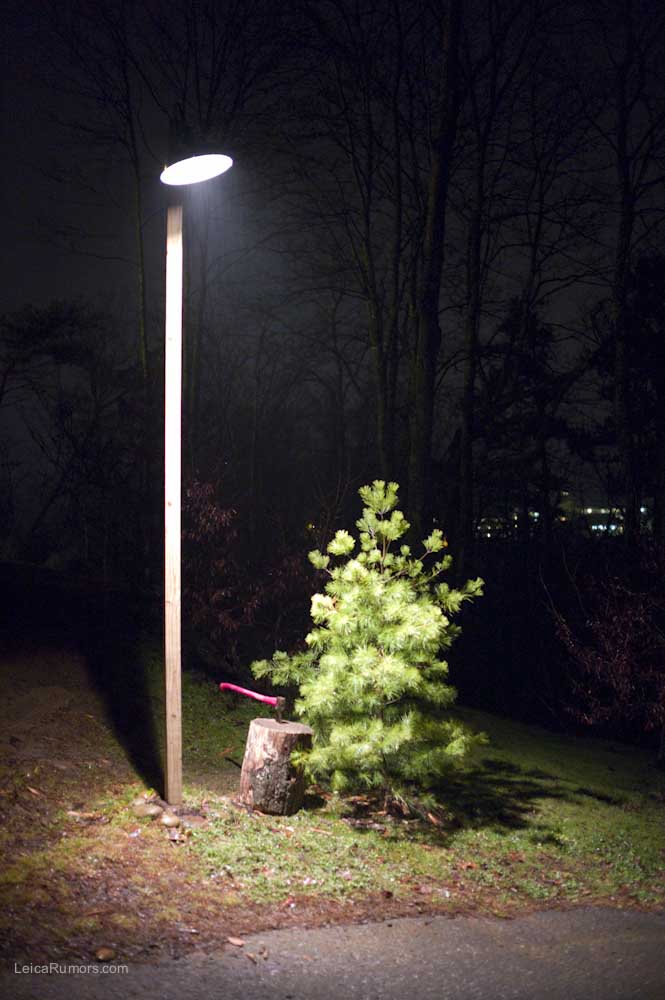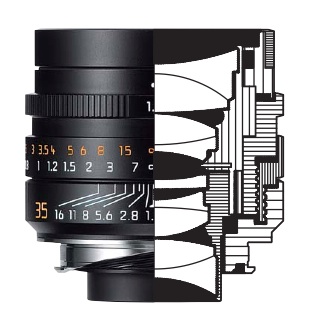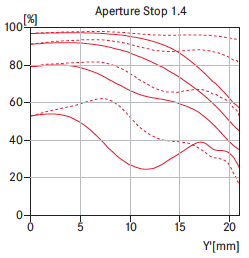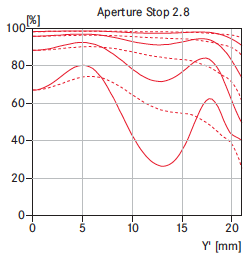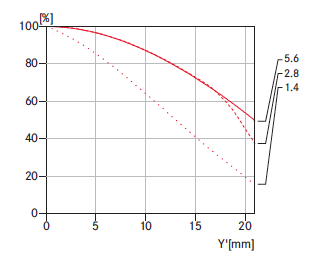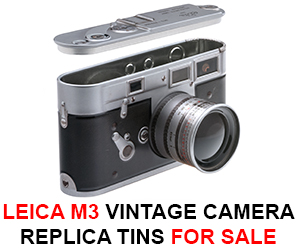I had the chance to try the new Leica Summilux-M 35mm f/1.4 ASPH lens and this is my hands-on report.
General
The 35mm is probably the most widely used focal length on rangefinder cameras. Leica currently offers three different 35mm lenses: Summilux (f/1.4), Summicron (f/2) and Summarit (f/2.5). The previous Summilux version had reportedly focus shift issues and few months after the release of the M9, Leica announced a new version “optimised for use on the digital Leica M cameras”. At that point, the 35mm Lux has been the first and only M lens released by Leica since the M9 came to life on 09.09.09.
The changes in the new version are a floating element (similar to the latest 50mm Summilux) which improves accurate focusing and eliminates focus shift, new full-metal rectangular screw-mount lens hood and of course the price – $4,995, which is $500 more than its predecessor.
The size of the new 35mm Summilux lens is a bit shorter and thicker than its 50mm counterpart. Here is the new Leica 35mm f/1.4 lens compared to the 28mm Elmarit, 50mm Summilux and the 90mm Summarit (with the hood on):
and without the hood:
The 35mm Summilux comes with a screw-on hood, lens cap (part# 14040) and a leather pouch:
The new metal lens hood design is more compact and robust than the old version. This is the lens+hood obstruction in the viewfinder of a Leica M9 – first with focus set at infinity:
and with focus set at 0.7m:
Lecia’s recommendation is to always keep the lens hood on the lens.
Sharpness
The examples below were taken from the center of the test chart (100% crop, no post-processing, DNG to JPG converted in Lightroom at 100% quality) – you can see that maximum sharpness is achieved at around f/5.6 and then stays constant all the way up to f/16 (look at the small digits for better comparison):
Please note that there is a margin of error in those test chart comparisons. Here is a real world 100% crop – this lens can capture some incredible details (M9, ISO 160, f/5.6, no post-processing):
For further pixel-picking, the original uncompressed DNG file of the above image can be downloaded here.
Vignetting
Wide open, there is visible (and expected) vignetting that is almost completely gone at f/2.8:
In real life pictures, vignetting actually looks pretty good (shot at f/1.4):
Barrel Distortion
The 35mm Summilux has no visible barrel distortion – look at the top straight line:
Lens flare & ghosting
Minimal lens flare and ghosting is present in extreme situations when pointing the lens directly at an intense light source (in this case against the sun):
I did not see any flare or ghosting when shooting at night against bright lights (yes, that cop was watching the game inside the cruiser):
Bokeh/DOF
Bokeh is all a matter of taste – here are few examples from the new 35mm Summilux (first image is a crop, click on the remaining images for larger view):
Samples
Below are few color examples taken with the 35mm f/1.4 lens on a M9, no post-processing, straight conversion from DNG in Lightroom (click on image for larger view):
And finally some B&W samples – those are jpg files taken straight from the M9:
Technical specs
- 9 lenses | 5 groups design | 1 aspherical element (five lenses are manufactured from glasses with a high refraction index)
- Exact focal length: 35.6mm
- Minimum focusing distance: 0.7m | 2.3 feet
- 9 aperture blades
- Aperture range: f/1.4 – f/16 (click-stopped half values available)
- Horizontal angle of view: 54° on full frame | 42° on M8
- Reproduction ratio: 1:17.5
- Filter size: 46mm
- Leica product number: 11663
- Weight: 320g | 11.2 oz
- Dimensions: 46x58mm | 1.8×2.3in
- 6-bit coded (of course)
- Produced in Germany (of course)
- Price: $4,995 (currently $6000-$7000 on eBay)
- Lens diagram:
- Lens drawing:
- MTF charts at f/1.4, f/2.8 and f/5.6:
- Vignetting graph:
Conclusion
Overall, as with most Leica lenses, the new 35mm Summilux delivers excellent color and contrast reproduction, sharp details and that 3D rendering typical for Summilux line. During the short time I had the lens, I did not experience any focus shift issues. Having a fast aperture, combined with the versatile 35mm focal length makes the new 35mm Summilux a perfect “one lens solution” for Leica M rangefinders. Currently, the lens is back ordered everywhere and probably will be in the months to come.
Special thanks to Leica Camera USA for giving me the opportunity to try the new 35mm Summilux-M lens.
